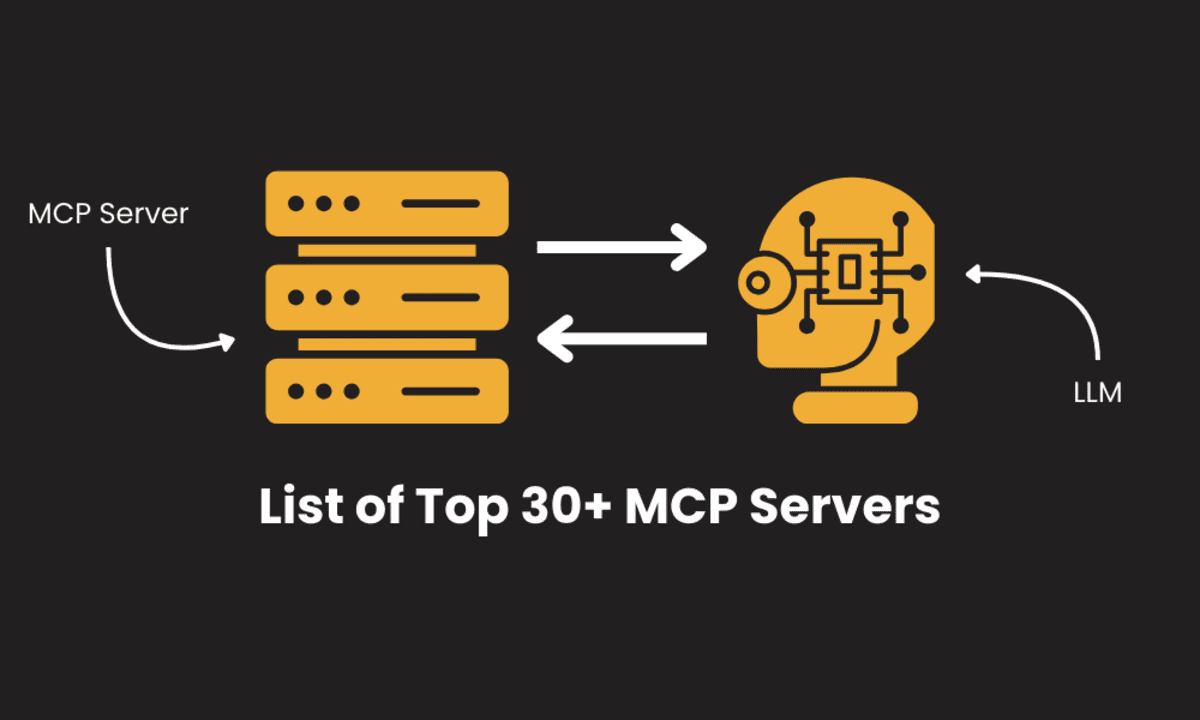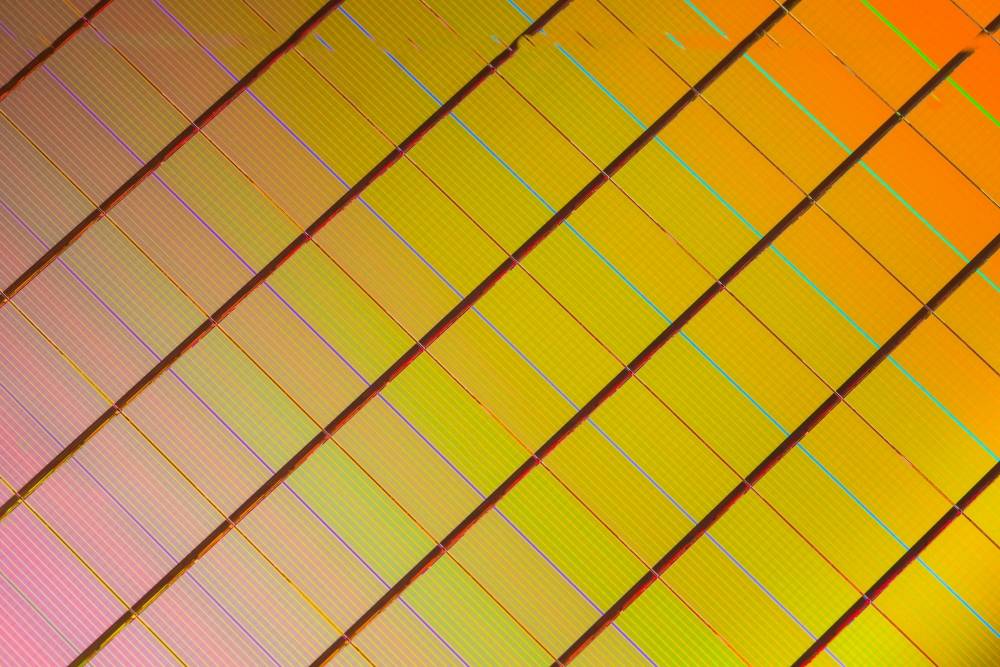The RNG Problem on Chain Is Real: Here's How Oasis Tackles It Differently
If you've ever tried to build anything onchain that needs randomness, real randomness, not blockhash spaghetti you know how painful it is. Gaming? Lotteries? NFT minting? Even something as basic as randomized token IDs gets tricky fast. Because here’s the truth: blockchains aren't built for randomness. They're built for determinism and consensus. And those two don’t exactly play nice with entropy. So what do most devs do? They hack around it: Use blockhashes (predictable) Do commit-reveal (delay-heavy, gameable) Call Chainlink VRF (offchain dependency, gas cost, complexity) But then I ran into something different: Oasis’s take on randomness. Not just how they do it (with TEEs and VRFs), but where they integrated it—deep into the Sapphire confidential EVM runtime. Let’s break it down.

If you've ever tried to build anything onchain that needs randomness, real randomness, not blockhash spaghetti you know how painful it is.
Gaming? Lotteries? NFT minting? Even something as basic as randomized token IDs gets tricky fast. Because here’s the truth: blockchains aren't built for randomness. They're built for determinism and consensus. And those two don’t exactly play nice with entropy.
So what do most devs do? They hack around it:
- Use blockhashes (predictable)
- Do commit-reveal (delay-heavy, gameable)
- Call Chainlink VRF (offchain dependency, gas cost, complexity)
But then I ran into something different: Oasis’s take on randomness. Not just how they do it (with TEEs and VRFs), but where they integrated it—deep into the Sapphire confidential EVM runtime.
Let’s break it down.















































































































































































![[The AI Show Episode 150]: AI Answers: AI Roadmaps, Which Tools to Use, Making the Case for AI, Training, and Building GPTs](https://www.marketingaiinstitute.com/hubfs/ep%20150%20cover.png)
![[The AI Show Episode 149]: Google I/O, Claude 4, White Collar Jobs Automated in 5 Years, Jony Ive Joins OpenAI, and AI’s Impact on the Environment](https://www.marketingaiinstitute.com/hubfs/ep%20149%20cover.png)































































































































![[PHP] Upgrading from PHP 7.4 to 8.1](https://media2.dev.to/dynamic/image/width%3D1000,height%3D500,fit%3Dcover,gravity%3Dauto,format%3Dauto/https:%2F%2Fdev-to-uploads.s3.amazonaws.com%2Fuploads%2Farticles%2Fqmaaabplfbcjejg2rr5n.png)






































































































































_ArtemisDiana_Alamy.jpg?width=1280&auto=webp&quality=80&disable=upscale#)




























































































![Google TV is finally preparing sleep timer support as app readies Material 3 Expressive [Gallery]](https://i0.wp.com/9to5google.com/wp-content/uploads/sites/4/2024/01/google-tv-logo.jpg?resize=1200%2C628&quality=82&strip=all&ssl=1)













![Apple Shares Official Trailer for 'Smoke' Starring Taron Egerton [Video]](https://www.iclarified.com/images/news/97453/97453/97453-640.jpg)
![Apple's M4 Mac Mini Drops to $488.63, New Lowest Price Ever [Deal]](https://www.iclarified.com/images/news/97456/97456/97456-1280.jpg)










































































